This one figure, is one of the many butterfly species named the sulfur butterfly or in scientific language it is called Eurema he cabe.
Have you ever met him? Or in your own area have it...
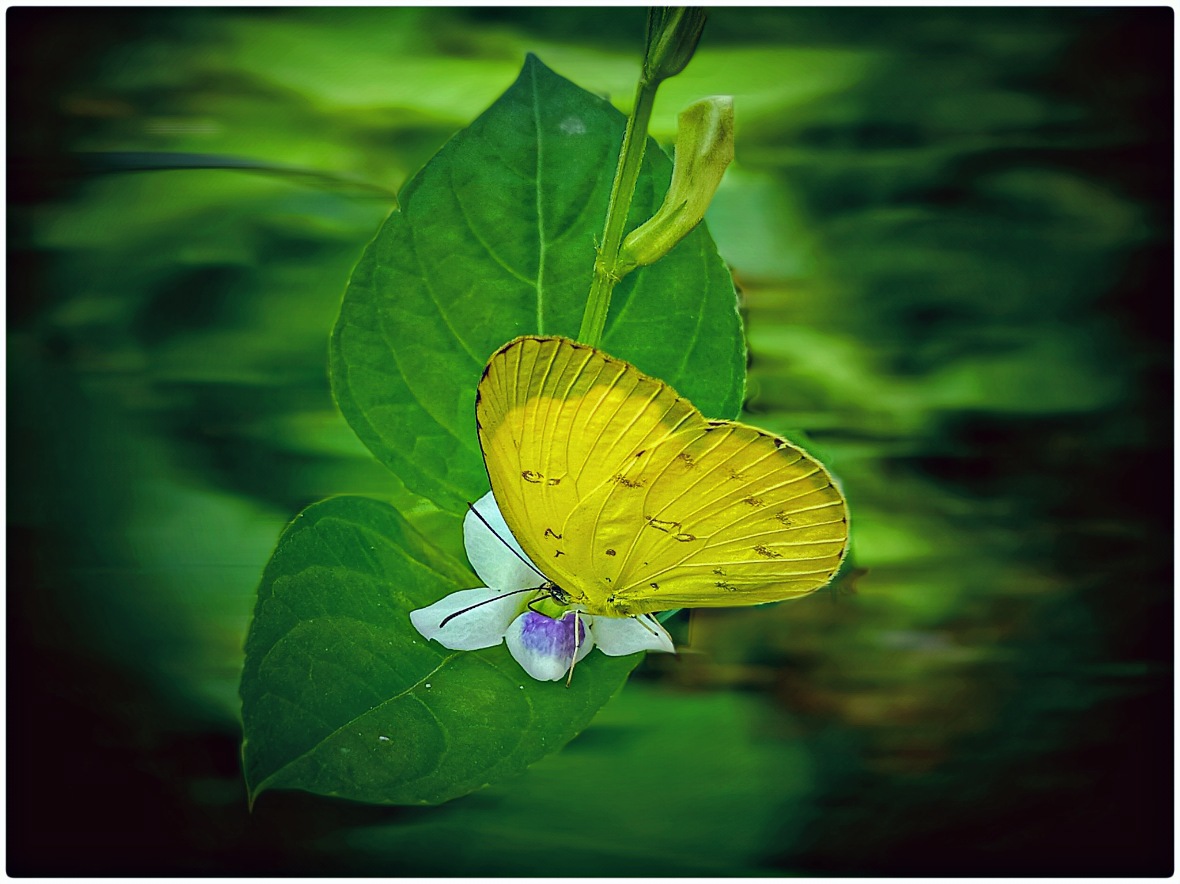
Species after species I have encountered in every habitat or in every land that has green plants, it turns out that insect species have a very high number when compared to the others.
So do not be surprised if the experts have calculated their population in each of the different types, so the number is quite large, like every word of the entomologists they put the number of insect species in the world at around 1.82 million per species.
Of the number of insects in the world about 1.82 million per species. It turns out that in it there are also flying insect species that we specialize in butterflies, while the butterfly itself has a population per species of around 3241 type consisting of 43 species.
And, most likely that number, still has other advantages that have not been verified by experts, meaning that it has a number that is more than 43 species.
This accurate data, was supported by an explanation in one of the blogs, as you can see in the link below.
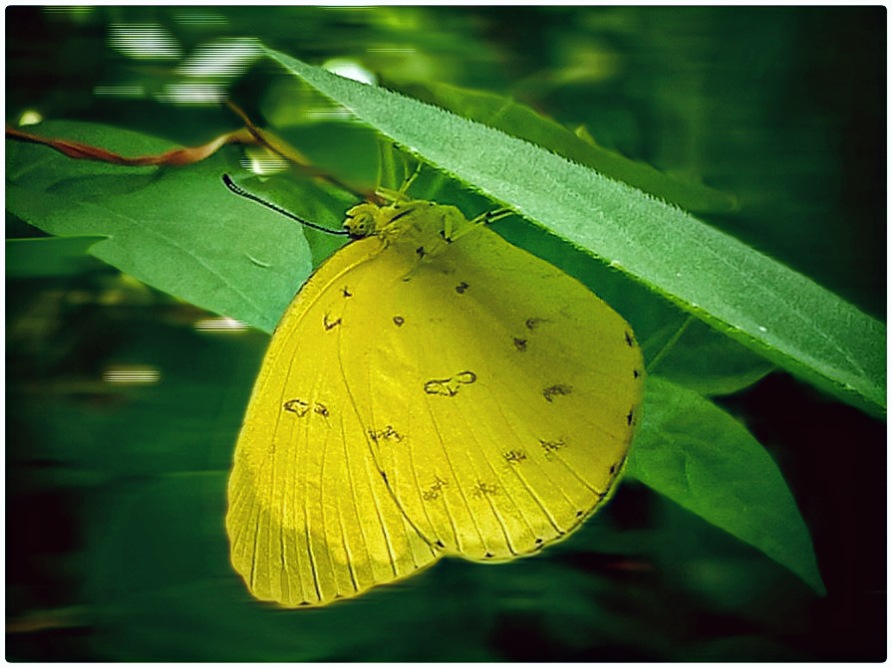
This sulfur butterfly, included in that number, it can simply be assumed that there are many butterfly species that have not been touched by experts and have not been identified by them.
When I am accurate the data accuracy about this beautiful flying animal. Has a special name in the sense of referring to a name for the state of the contents of a natural content, namely sulfur butterfly. Why do people say that name? It turns out that presenting the name is seen in every pattern found on its wings which resemble sulfur which is often seen in a symbol or fact. So the name spoken in nonverbal language exists.
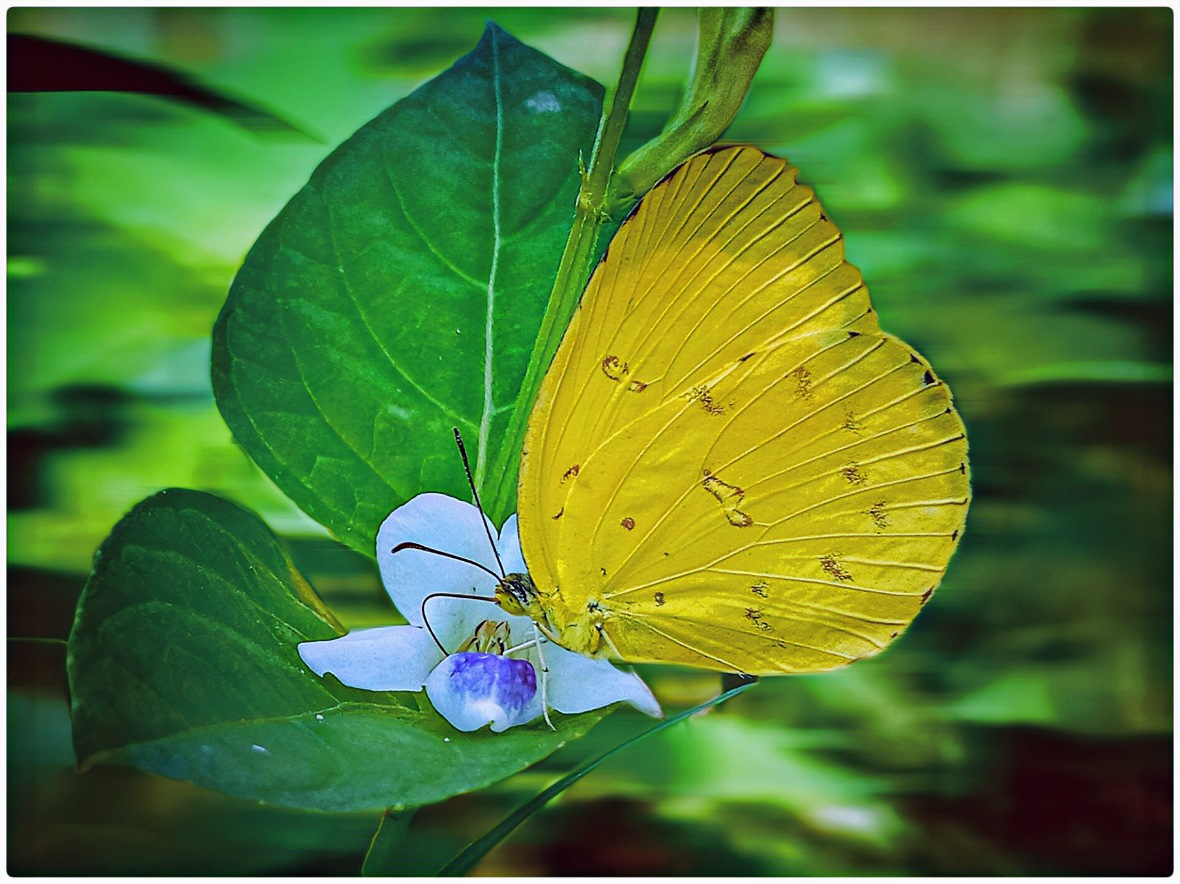
Whether the pattern or motif attached to its body resembles sulfur, I don't really understand it, which is known based on the explanation in every word that people say to him in naming him, including our society also gives a name to this butterfly. Namely sulfur butterfly.
I totally agree with the explanation contained in every word, both written in every blog and also in every biology book, but if I could give a proper name I would give the name Yellow Nest Guard Butterfly which belongs to the Ordo Eurame he cabe in why?
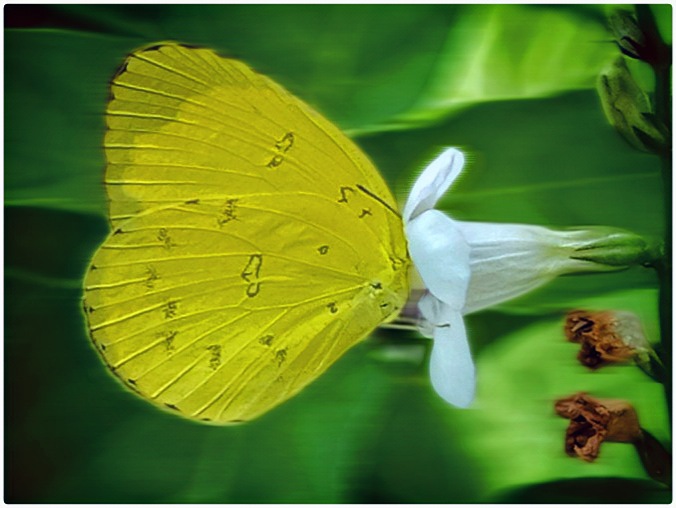
Of course, I myself also have certain reasons for giving the right name, even if it refers to non-verbal language or refers to their own character, because after researching many animal names in this world, it refers to the characteristics, patterns, found in that animal, both the nature and the pattern contained in the body of the object itself.
The reason?
I've seen and even often meet him in his preferred habitat, this little yellow butterfly, with a sulfur pattern on its body, often plays and forages in the same area, and rarely even moves to another location. Although the location that was used as a nest has been lost due to fire or denudation, as long as there are still wild weeds, even if a little, they still survive in a nest. They do not care about any changing circumstances they are looking for a small petal that has adequate food. Meanwhile, the food contained in each petal will not run out as long as the flowers are there. Except they would move if the ground of the nest was scorched or lost for some reason.
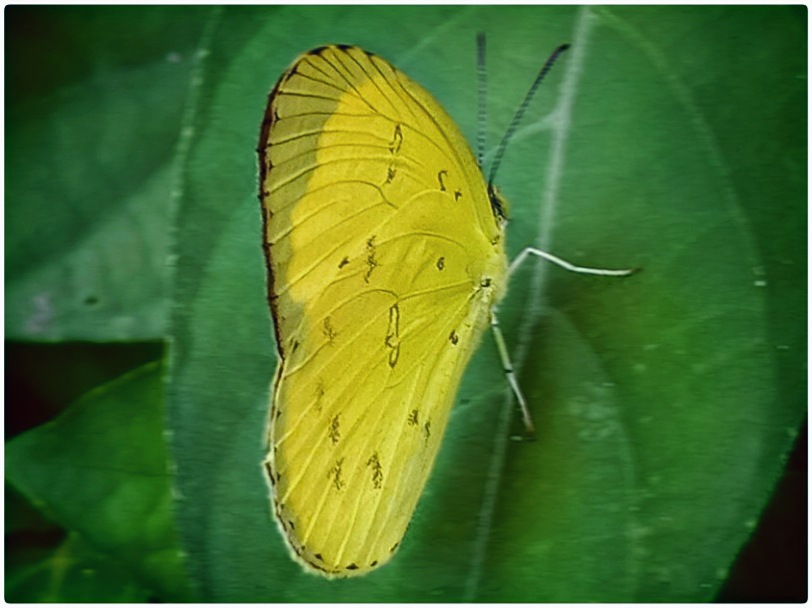
This butterfly deserves a thumbs up, it is often loyal to guard a land that has potential for food that is tucked into each flower petal that grows alternately, their persistence in being in a field based on the things in the explanation above.
Rarely joins other common butterfly species, including joining the common tiger butterfly's nest
In general, every animal is very anti-cohabitation in a habitat, although very little this is influenced by a power that has the same territorial area. Each of these differences is considered to have its own territory even though it is in the same habitat. Uniquely, these butterflies are often reluctant to join various species even though they are still in different orders but are still in butterfly groups.
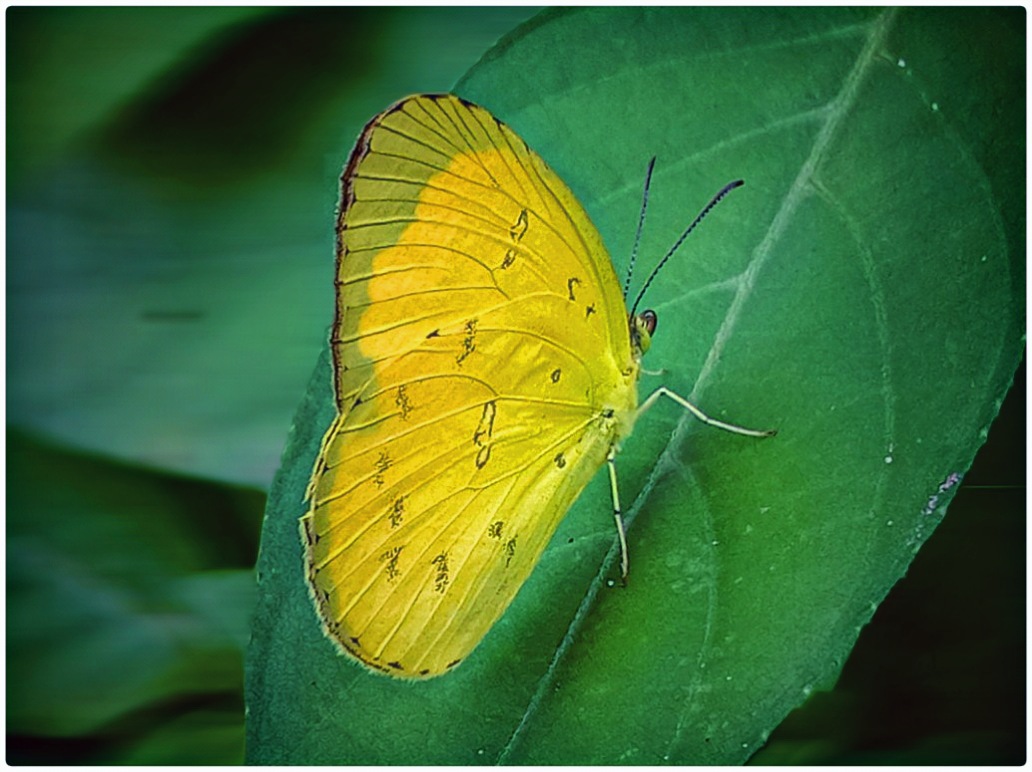
I myself often see it in every land that is deserted from other inhabitants in the sense of dominating the initial location, the first time the plants flower, but gradually the new land will continue to be disturbed by the presence of every other insect species (new arrivals) who also dominate the new land as a nesting place.
In this case, it appears that this species often does not want to be disturbed and wants to dominate (alone) with its group in a habitat. Even if the location of the initial choice has been filled by every newcomer species, it will choose a quiet point that is far from the activity of other insects, even though it is still in the same location.
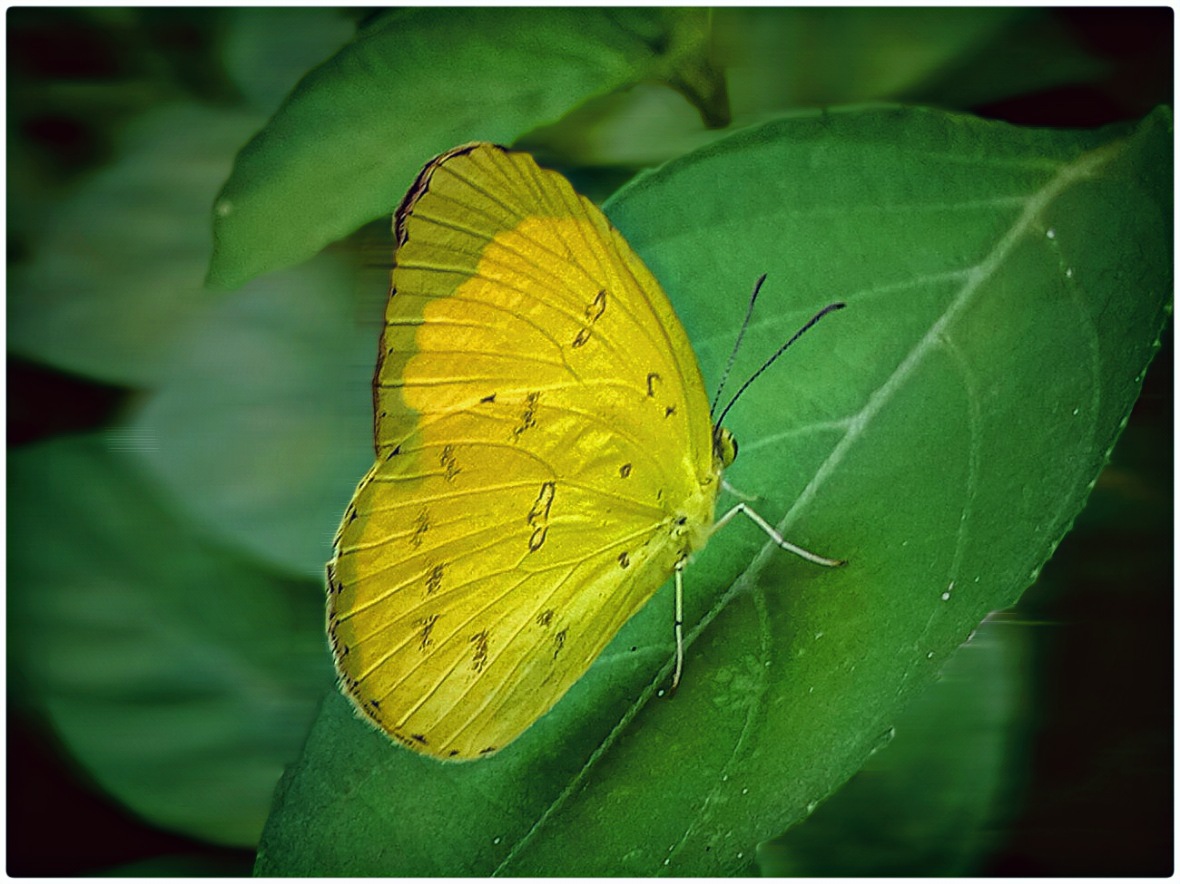
However, they persist in their original location, even if they are on the outskirts of a field, and in this they know that the nuisance species will move to a new location if certain feeds and objects are depleted in stock.
If bees, or other nectar-sucking species work on each petal then they never approach, it can simply be said that they will work foraging when the arrivals have not done any activity. The point is that they will move to find food when they are seen to have finished the work of the migrants or before the migrants start their activities.
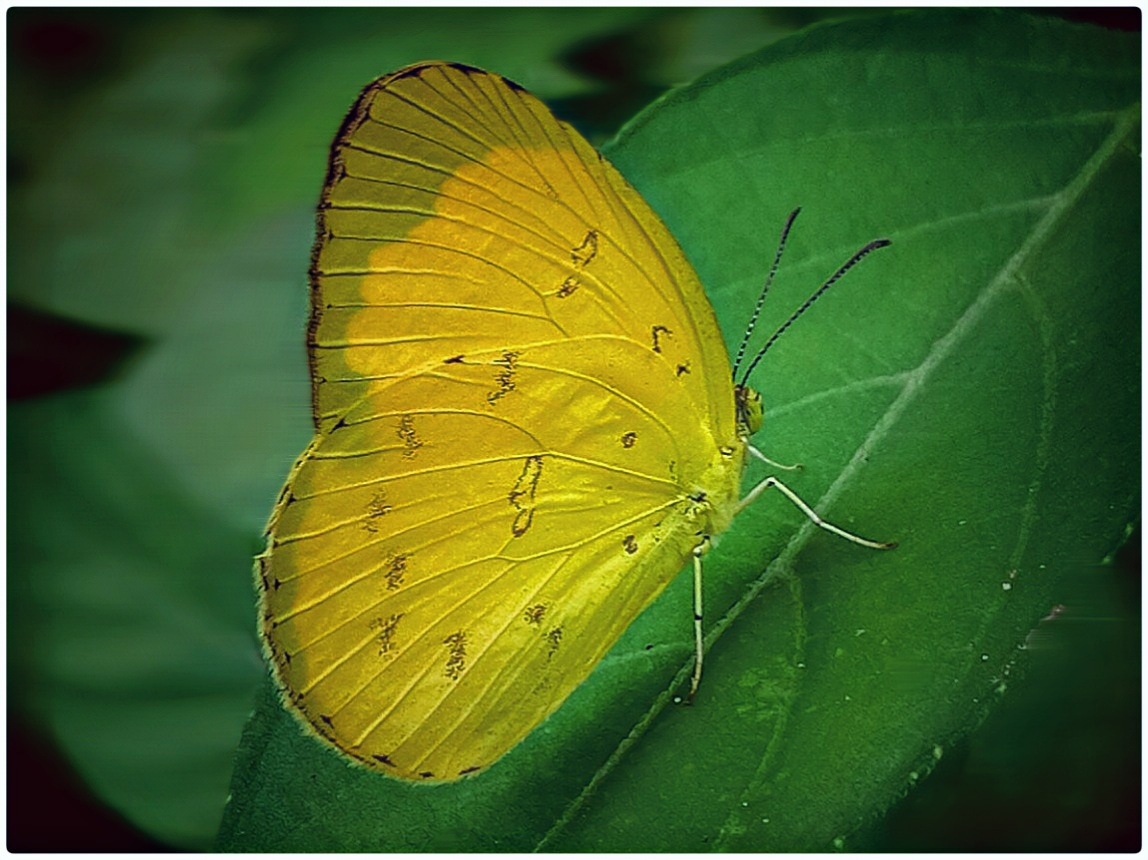
Not to mention the arrival of other species of bees, or butterflies, even dragonflies themselves dominate the area of their choice. If they are busy sucking the flower nectar on each petal (generally they like small wildflowers or Israeli flowers), then they will move if their white butterflies will also avoid them, but unfortunately can't show a picture of the activity.
I also don't understand why they are so difficult to approach even at a distance of 1 meter, the level of alertness in a habitat is very high. So it is very difficult to get a picture at a very close distance, so you have to use a special tool to take it.
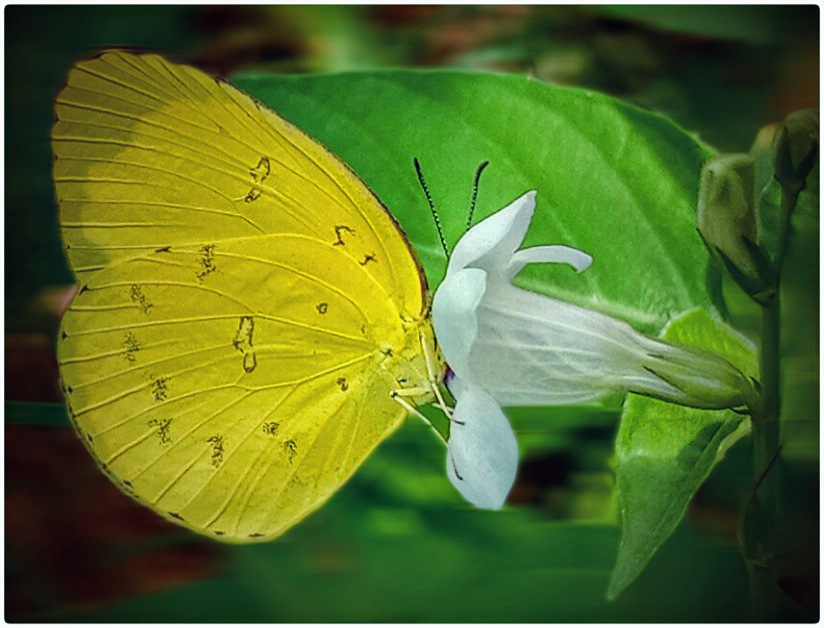
Luckily I got some of these yellow sulfur butterflies, they are busy with their activities, although within 2 meters I was able to get some clear photos, and some pictures look blurry due to the influence of the speed of flight.
Of the many shots, only 10 photos are enough, even though the position is almost the same, but that's what I'm trying to do today, when I'm with him in an abandoned green area or community park that has been neglected for a long time.
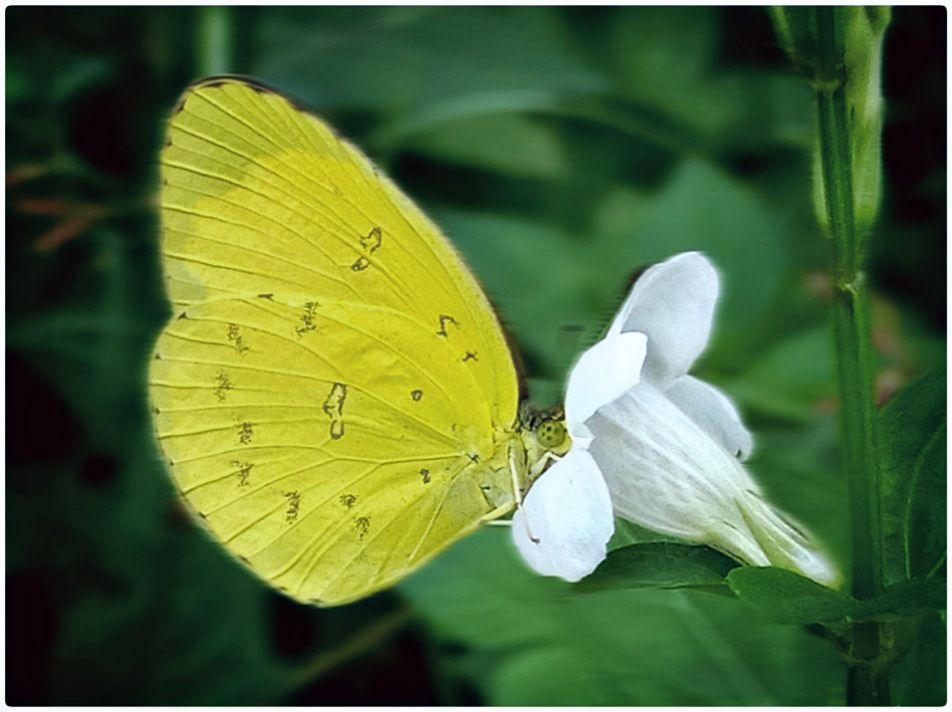
Here I would like to inform you that, all the descriptions that I have compiled, the information is taken from several expert words that have been written on each blog and I have added source, while the others are purely my own writing obtained from the results of monitoring during meetings with them. Maybe if there is a description that I have written that is not in accordance with the explanations of the experts or is different, then ignore it, and continue to refer to the respective writings of the experts mentioned above.
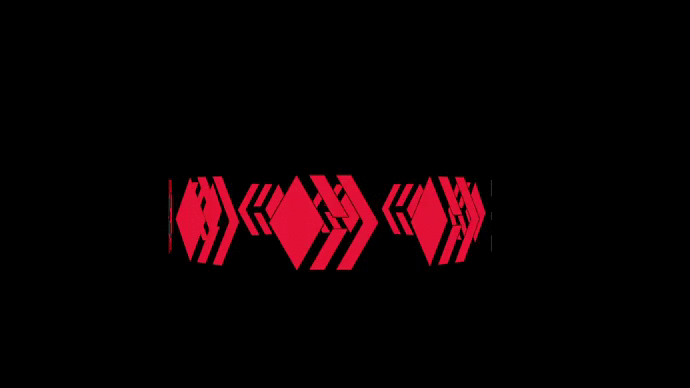
The rewards earned on this comment will go directly to the person sharing the post on Twitter as long as they are registered with @poshtoken. Sign up at https://hiveposh.com.